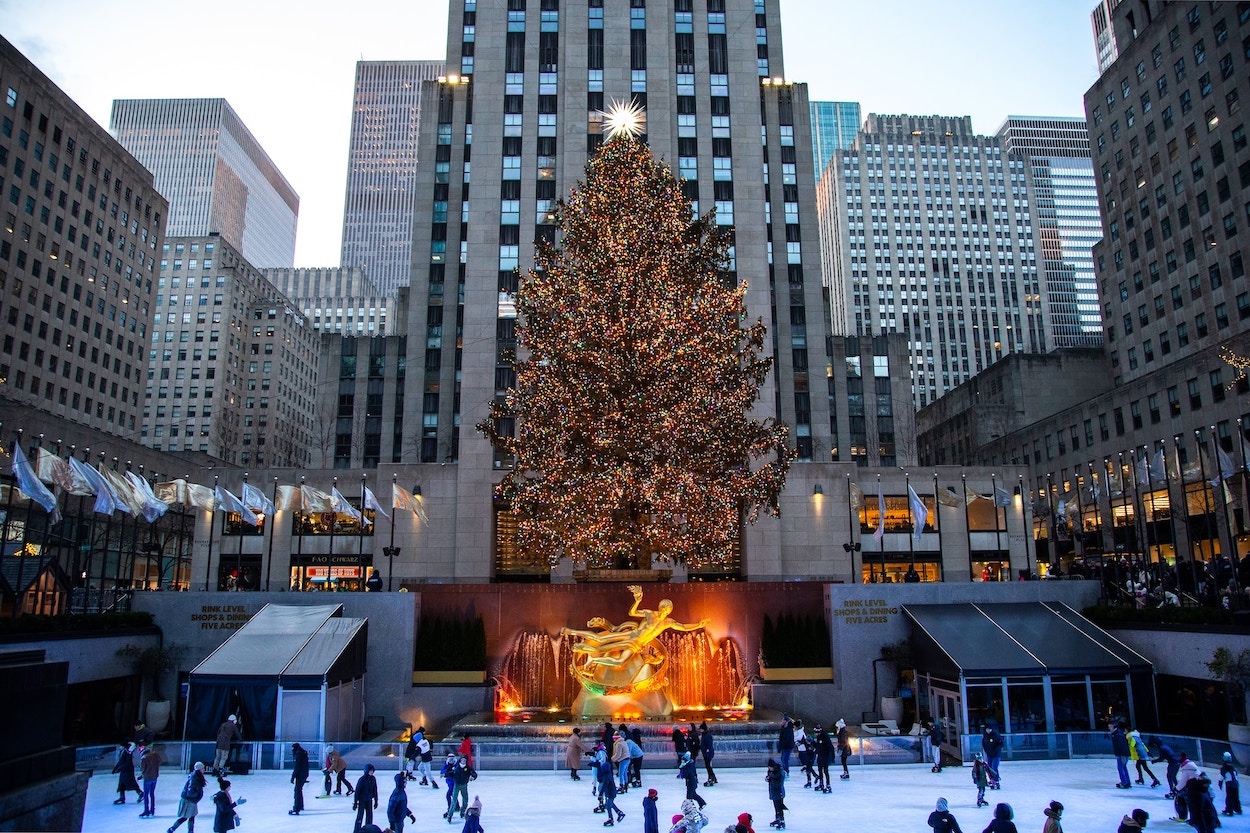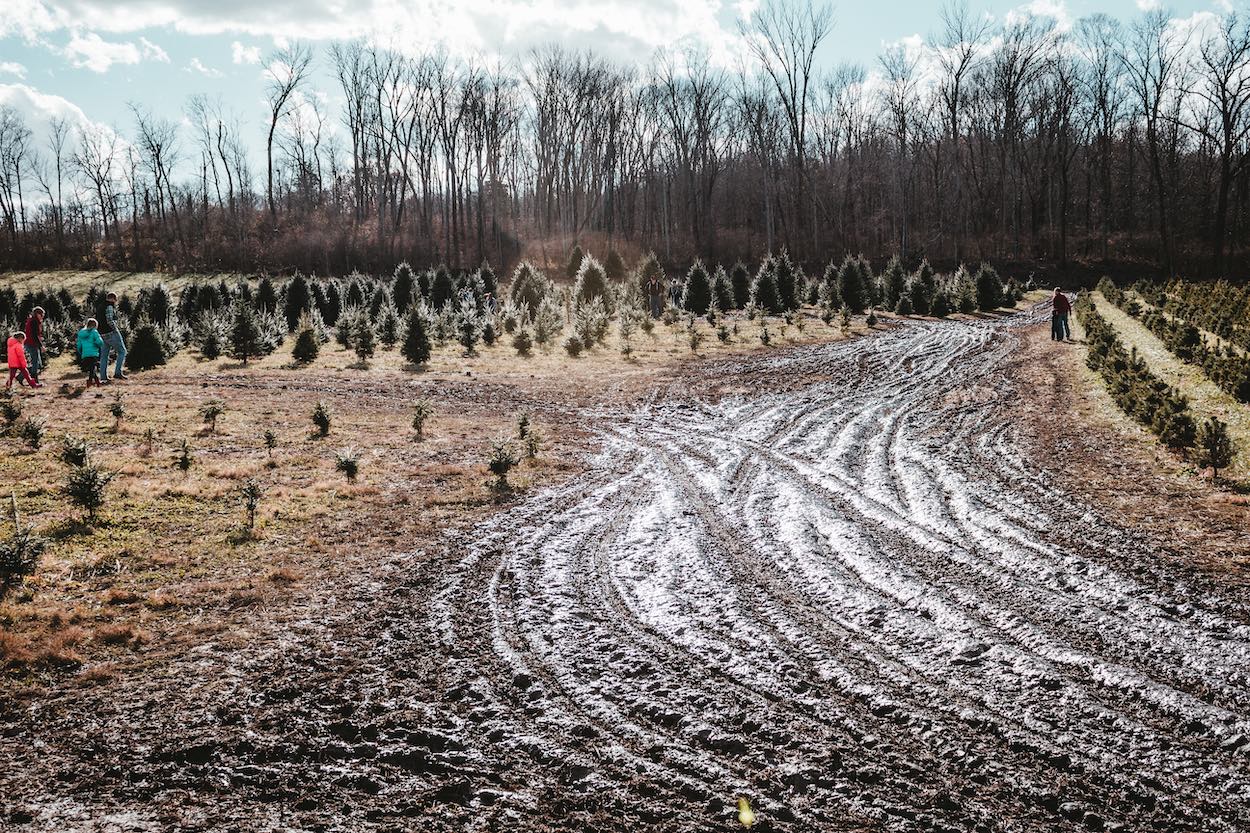There’s perhaps no greater sign that it’s Christmastime in New York City than when Rockefeller Center sets up its 10-story-tall evergreen. As the merits of “cutting down decades-old trees for a few weeks of viewing” grow increasingly debatable, data from the American Christmas Tree Association indicates that artificial trees are becoming more widely accepted. The trade association’s 2023 polls indicated that 77 percent of respondents who planned to display a tree in their home prefer an artificial conifer.
Wyckoff’s Christmas Tree Farm has supplied trees to Midtown Manhattan and even the White House, but prestige alone can’t overcome the ripple effects of inflation, climate change, and the war in Ukraine. In the story, Michigan State University horticulture professor Bert Cregg estimated that “farmers can make a 50 percent profit on each tree,” but Wyckoff’s margin was closer to 20 percent. Over the past decade, he raised prices on seven-foot trees from $10 per foot to today’s price of $15. Along the way, his business has weathered skyrocketing fertilizer costs and periods of drought and flooding that killed more than half of the 10,000 trees he planted this year. Decades of experience in the business, which his grandfather started in the ‘50s, has prepared him to lose up to 10 percent of his crop in any given year.
Without looking at the raw data, it’s difficult to say to what extent they represent national trends. Recent analysis of the most up-to-date U.S. Department of Agriculture numbers indicated that 27 percent fewer Christmas trees were cut down in the United States in 2017 as compared to 2002. Anecdotes from longtime tree farmers, like New Jersey’s John Wyckoff, who was recently interviewed by the New York Times, sheds light on the challenges facing the occupation—and where their lived experience diverges from pollsters’ and academics’ estimates.
“It’s part art, part science, and part crystal ball,” Marsha Gray, Real Christmas Tree Board’s executive director, told CNN of the challenges farmers face with the crop’s 10 to 15 year harvest cycle. “You really are trying to guess what’s going to sell and how much can sell 10 years from now.”
Consumers, though, are more inclined to care about the pros and cons of trees in their homes: artificial ones are easier to tidy and don’t pose a fire risk; “real” ones scent the air. Special interest groups squabble over which is more sustainable, but artificial trees largely prevail as being easier to decorate. For most people, that might mean buying one with built-in lights. The White House’s “Handmaid’s Tale” trees of years past, influencers choosing to “sad beige mom” their toddlers’ otherwise festive toy trees, and—sigh—the scourge of designer Christmas trees goes to show that perhaps we could stand to do a little less around the holidays.

